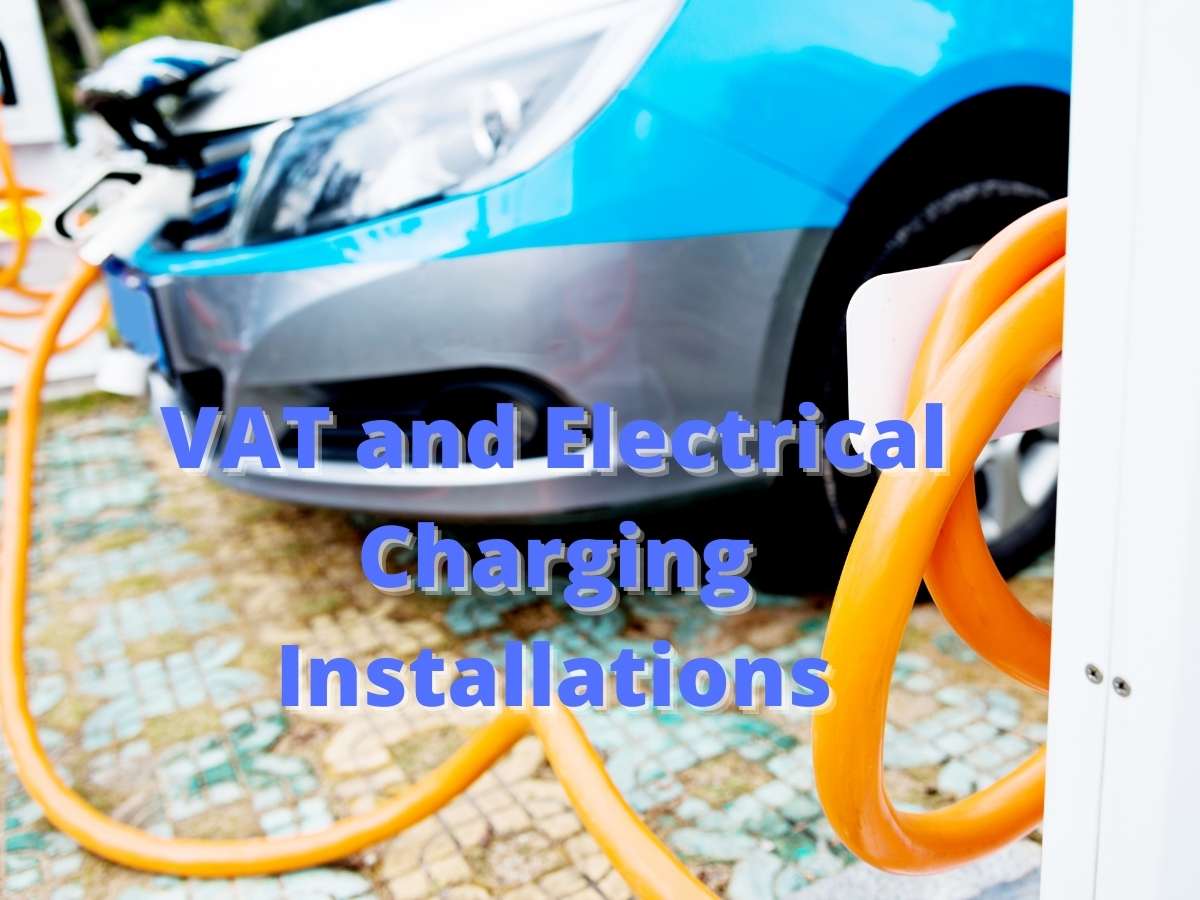Check out these complicated rules for VAT and electrical charging installations
There are more than 33,000 charging points for electric vehicles across the UK.
That may sound a lot but the past few years have seen the popularity of electric vehicles soar. There are now more than 340,000 on UK roads, including plug-in hybrids (PHEV) and vans, so there is a pressing need for additional charging points.
But if the owner of an electric car wants you to install a charging point at their home, it could pose a regulatory challenge for your business.
Why?
Well In residential accommodation the installation of ‘energy saving materials’ enjoys a reduced rate of VAT, under the VAT Act 1994. But what qualifies as residential and what is or isn’t an energy saving material? For example, what rate applies if you are asked to supply and install a charging point for an electric car at the owner’s home address, and the charging point is to be powered by a solar panel battery?
The VAT Act 1994 specifies qualifying materials for a rebate as:
- Controls for central heating and hot water systems
- Draught stripping
- Insulation
- Solar panels - check
- Ground source heat pumps
- Air source heat pumps
- Micro combined heat and power units
- Wood fuelled boilers
An electric vehicle charging point is not on the list: therefore the supply of materials and installation service for one is subject to the standard rate of VAT; but the solar powered panel is a qualifying energy saving material and does attract the rebate.
But that’s not the final word… Obviously.
Since 1 October 2019, the rate applying to the installation of energy saving materials (including the necessary labour) can only be reduced if one of the following social policy conditions is satisfied OR the 60% threshold is not exceeded.
Let’s look at these one by one.
Social Policy Conditions
There are three conditions that qualify. First the customer must be aged 60 or over, or in receipt of one of the following benefits:
- Child Tax Credit (other than the family element)
- Council Tax Benefit
- Disability Living Allowance
- Disablement Pension
- Housing Benefit
- Income-based Jobseeker’s Allowance
- Income Support
- War Disablement Pension
- Working Tax Credit
In this case the installation must then be at this person’s sole or main residence.
So far, so good.
The second qualifying condition is when the installation is for a registered social landlord or a registered housing association.
The final condition is where the customer’s residential accommodation is used solely as a children’s home, care home or accommodation for the armed forces.
If none of these conditions apply, then the electrician – acting as ‘the installer’ – must then apply the 60% test to determine the final VAT treatment.
The 60% Test
First, they calculate the combined purchase price of all the materials used (excluding VAT). The materials’ must all remain in place when the installation is finished; any tools or equipment used, such as ladders or scaffolding, must be excluded.
If the total cost of materials represents 61% or more of the total net invoice for supply, then the 60% threshold is exceeded: in that case labour charges benefit from the reduce rate but materials remain standard rated.
What if either element is supplied as a stand alone job: when materials are supplied without installation then the materials are always standard rated. And where materials have been sourced separately and the job is solely installation then this work is charged at the reduced rate.
As always, if you have any questions do call us.




